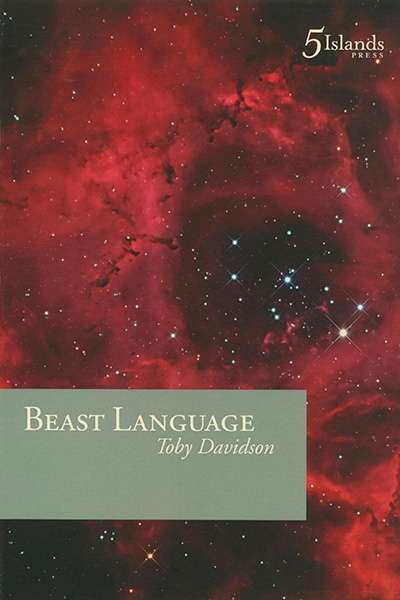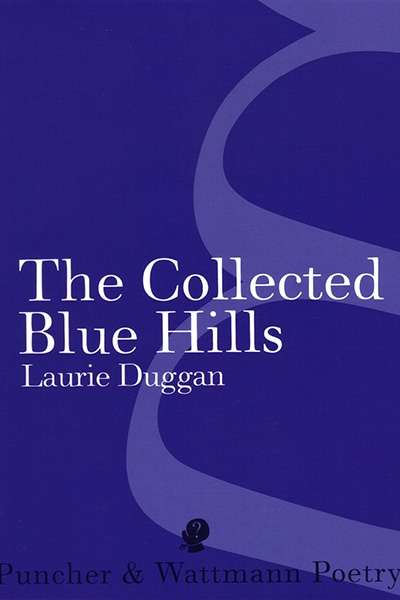Accessibility Tools
- Content scaling 100%
- Font size 100%
- Line height 100%
- Letter spacing 100%
Australian Poetry
The ABR Podcast
Released every Thursday, the ABR podcast features our finest reviews, poetry, fiction, interviews, and commentary.
Subscribe via iTunes, Stitcher, Google, or Spotify, or search for ‘The ABR Podcast’ on your favourite podcast app.
‘Where is Nancy?’ Paradoxes in the pursuit of freedom
by Marilyn Lake
This week on The ABR Podcast, Marilyn Lake reviews The Art of Power: My story as America’s first woman Speaker of the House by Nancy Pelosi. The Art of Power, explains Lake, tells how Pelosi, ‘a mother of five and a housewife from California’, became the first woman Speaker of the United States House of Representatives. Marilyn Lake is a Professorial Fellow at the University of Melbourne. Listen to Marilyn Lake’s ‘Where is Nancy?’ Paradoxes in the pursuit of freedom’, published in the November issue of ABR.
Recent episodes:
What am I going to write here?
Something, I hope. A year
or so since I last launched out
Writing can bring change. I think of myself as an activist writer. I try to act as witness, and convey and interpret what I see.
... (read more)Years ago when John Forbes praised
my later work, he said my Problem
of Evil was influenced by Tranter’s
Red Movie, and being younger and furiouser,
I rang Forbes and explained P. of E.
Twelve noon Monday, 38 degrees and rising.
The phone’s rung twice
and someone else has fallen off
the twig while military files of micro-
ants move in on ancient crumbs.
Who said we’d live forever?








